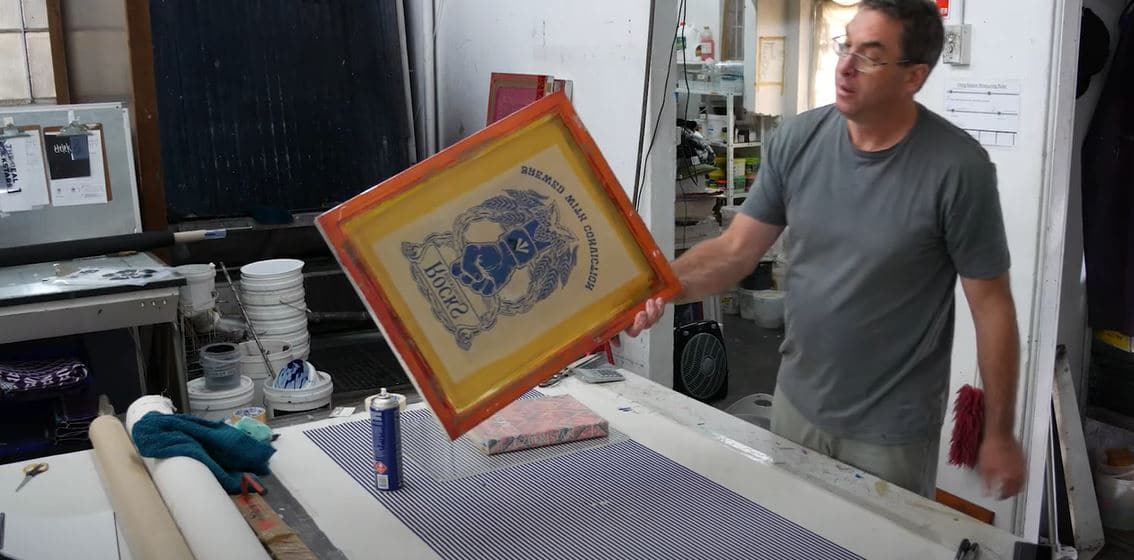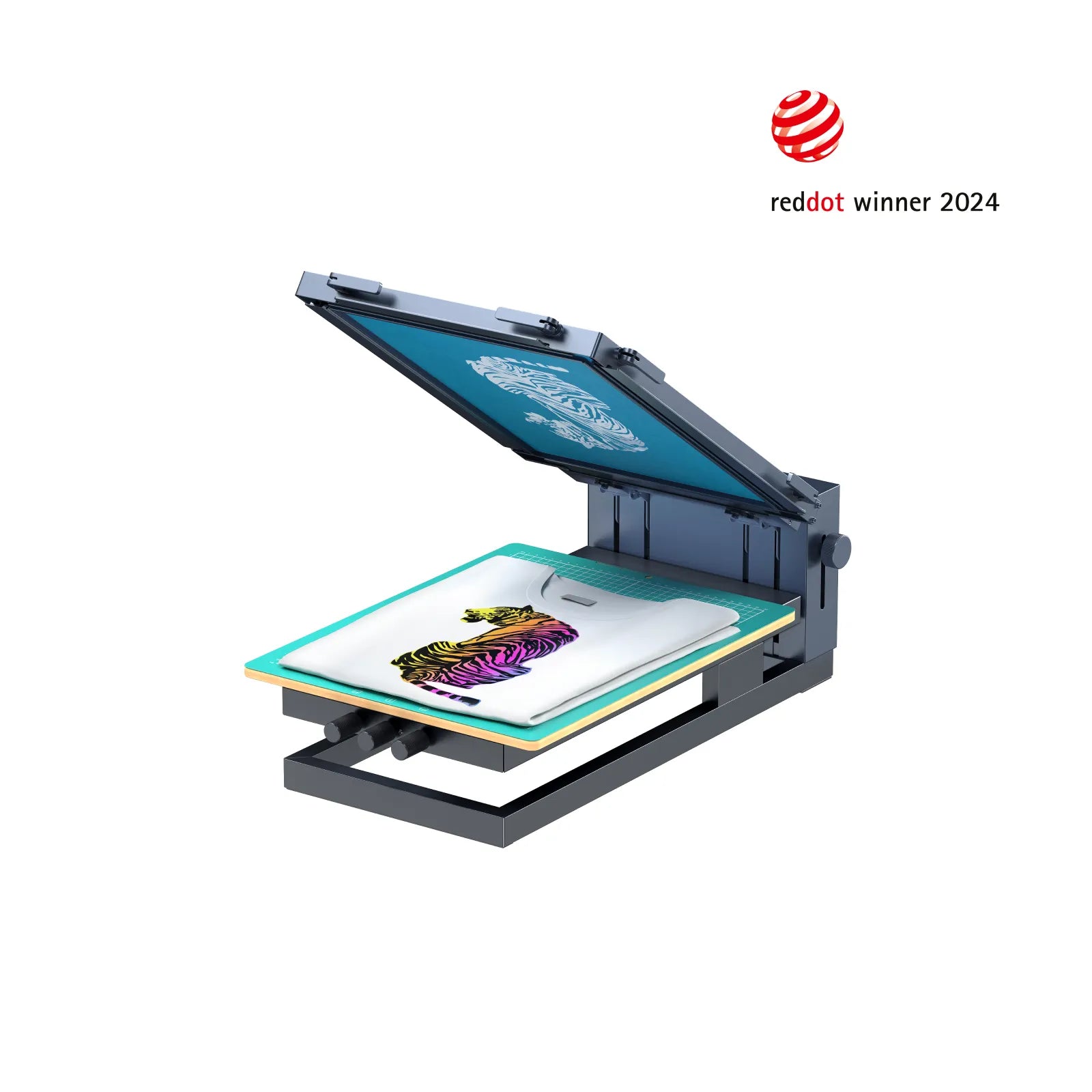ChatGPT said: The ultimate guide to 10:9 Design Screen Printing Texas for businesses and individuals
The Vital Guide to Recognizing Screen Printing and Its Versatile Uses
Screen printing has a rich background that dates back to old times, evolving right into an advanced method made use of throughout different industries today. This overview explores the ins and outs of the screen printing process, detailing its applications in advertising and marketing, home, and fashion décor - 10:9 Design Company. Comprehending these principles can open creative potential for both industrial and creative projects. The adhering to sections will certainly expose vital ideas and strategies to improve one's screen printing undertakings
The Background of Screen Printing
Although screen printing has origins that map back centuries, its evolution reflects the creative and technological innovations of numerous cultures. Coming from ancient China, the strategy was originally made use of for embellishing fabrics and later spread to Japan, where it became indispensable to Ukiyo-e woodblock printing. The method changed to Europe in the 18th century, where it acquired popularity amongst craftsmens and industrial printers. The invention of image emulsion in the 20th century changed screen printing, permitting even more elaborate layouts and better performance. Musicians like Andy Warhol better pushed its popularity, using the medium to develop renowned jobs that blended commercialism and great art. By the late 20th century, screen printing had actually developed itself as a flexible technique, employed in vogue, advertising, and fine art. Today, it remains to develop, incorporating electronic innovation and broadening its applications across various sectors.
The Screen Printing Refine Explained
Screen printing changes creative visions into concrete styles with a series of precise actions. At first, a photo is produced and afterwards moved onto a screen, typically made from great mesh textile stretched over a framework. A light-sensitive emulsion is applied to the screen, which is subjected to light, hardening in areas not covered by the picture. After washing out the unhardened emulsion, a stencil is developed.
Next off, the screen is placed over the substrate, whether it be textile, paper, or an additional material. Ink is then pressed through the open areas of the pattern making use of a squeegee, transferring the design onto the substratum listed below. This procedure can be repeated for numerous colors, calling for separate screens for each color. The published product is healed using heat to ensure the ink adheres effectively, resulting in a long lasting, vibrant design prepared for usage.
Sorts Of Screen Printing Techniques

Additionally, specialty methods, such as discharge screen printing, remove color from the textile to produce softer prints, while foil screen printing applies metallic foil to achieve a shiny finish (10:9 Design Screen Printing). Each technique provides distinctive qualities, dealing with numerous creative requirements and production ranges, ultimately expanding the opportunities within the screen printing domain
Applications of Screen Printing in Different Industries

In addition, the signs and advertising and marketing sectors use screen printing for producing captivating display screens and banners. This approach enables vibrant shades and check here complex designs that catch focus. In electronic devices, screen printing is employed for applying conductive inks to circuit card, essential for element connections. The home style market embraces screen printing to produce distinct layouts on fabrics and wall art. Overall, screen printing works as an essential tool across varied areas, boosting items with customized and aesthetically attractive graphics.
Tips for Effective Screen Printing Projects
While undertaking a screen printing project, mindful interest to information can substantially enhance the final result. Choosing premium materials is necessary; this consists of the screen, inks, and substrates. Utilizing suitable mesh counts can impact ink deposition and detail resolution. Preparation is just as crucial; complete cleansing of screens and correct exposure times guarantee crisp prints.
Next, accurate registration is essential for multi-color prints. Utilizing alignment devices can aid achieve exact layering. In addition, testing prints on scrap materials prior to production aids identify prospective concerns without squandering sources.

Frequently Asked Questions
What Products Are Finest for Screen Printing on Material?
Cotton and polyester blends are excellent for screen printing on material due to their resilience and ink absorption. Furthermore, specialty materials like silk or canvas can generate one-of-a-kind appearances and finishes, improving the general design high quality.
How Do I Clean and Maintain Screen Printing Tools?
To clean up and maintain screen printing devices, one should frequently wash displays with appropriate solvents, evaluate mops for wear, oil relocating parts, and store all things in a dry, dust-free environment to lengthen their lifespan.
What Are the Environmental Effects of Screen Printing?
Screen printing can have substantial ecological effects, including chemical waste from inks and solvents, water use throughout cleaning processes, and power usage. Green materials and lasting techniques are vital for decreasing these negative results.
Can Screen Printing Be Done in the house Efficiently?
Screen printing can be properly done at home with the appropriate products and methods. Enthusiasts can develop top quality prints, though success depends on their ability degree, equipment, and understanding of the procedure involved.
What Are the Prices Connected With Beginning a Screen Printing Business?

Beginning a screen printing service includes costs for equipment, materials, and office. Initial costs usually range from a couple of hundred to numerous thousand dollars, relying on the range, quality of machinery, and preferred production capacity.
Screen printing has an abundant background that dates back to ancient times, advancing into an advanced strategy utilized across numerous markets today. One more technique, rotary screen printing, employs round screens, assisting in continuous printing on fabric rolls, thereby improving performance for large productions. Furthermore, specialty strategies, such as discharge screen printing, eliminate dye from the textile to produce softer prints, while foil screen printing applies metal aluminum foil to attain a glossy coating. In the fashion sector, screen printing is extensively utilized to create lively layouts on garments, enabling brand names to showcase their distinct styles. Cotton and polyester blends are optimal for screen printing on material due to their sturdiness and ink absorption.